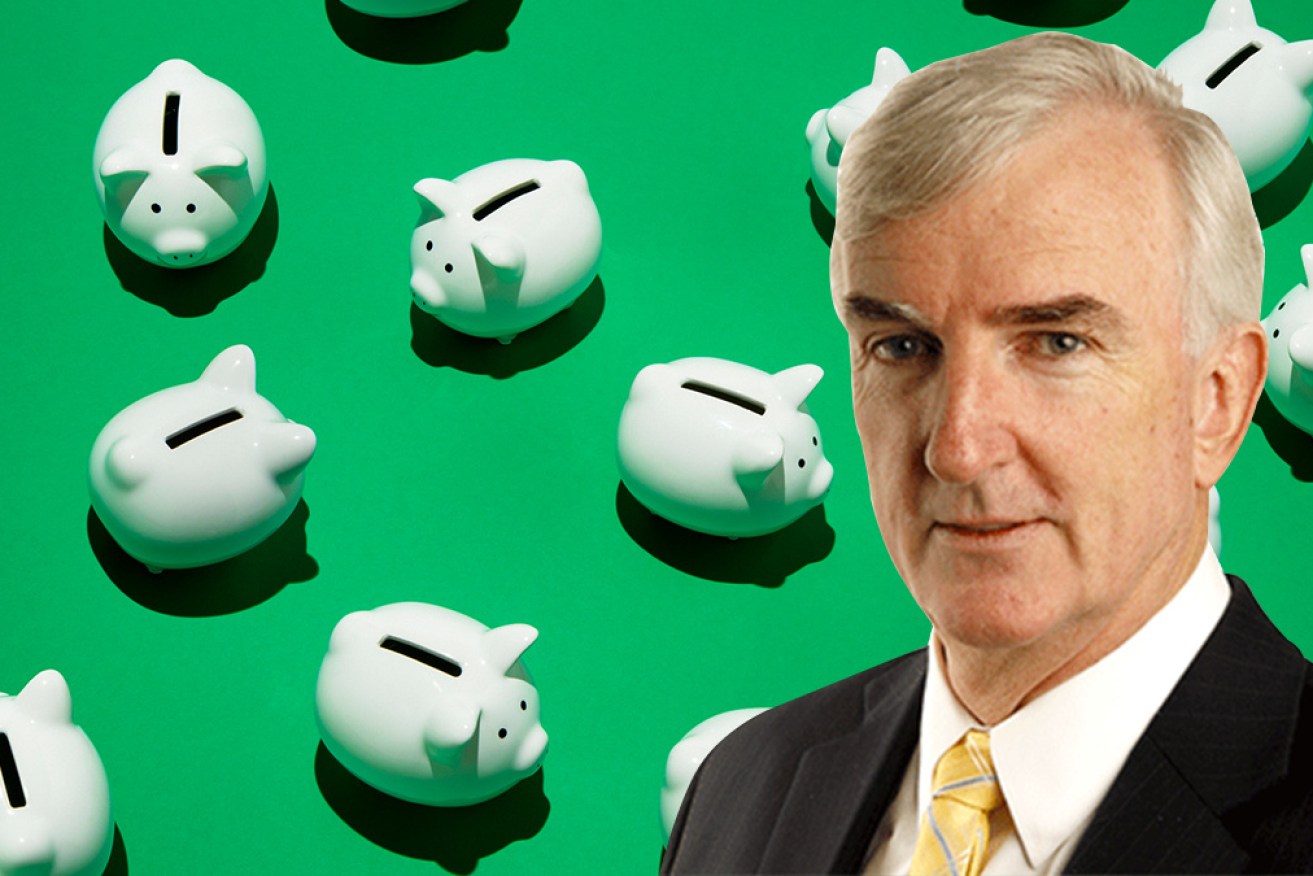It’s official: The economy was weak before the COVID-19 crisis


Wednesday's wage figures show the economy was weak even before the 'rona. Photo: TND
A persistent myth pushed by a government mired in nostalgia for its we-nearly-had-a-surplus days is that the Australian economy was strong before the COVID-19 crisis hit.
On Wednesday the Australian Bureau of Statistics busted that myth.
The ABS March quarter wages growth index – measured before the coronavirus whacked the economy – eased back to show growth of 2.1 per cent for the year.
For someone on the median wage, that translates into a rise of 1.7 per cent after tax.
The consumer price index measure of inflation for the same year was 2.2 per cent.
Thus the real take-home pay of someone on the median wage went backwards by half a percentage point.
Living standards fell.
The measure of a strong economy is rising living standards, not falling. And it was worse than that for many.
Our second and third biggest employers are retail and construction respectively, together accounting for about one in every five employees.
Both industries had wages growth of just 1.8 per cent, before tax took its bite.
Weak wages growth is the inevitable reflection of the weakness those major industries were suffering.
Falling real, take-home wages is the outcome of a soft economy, an economy relying on population growth to avoid stalling.
Annual wage growth slows to 2.1% in March quarter 2020 https://t.co/5hNm4USFwf
— Australian Bureau of Statistics (@ABSStats) May 13, 2020
The standout growth industry, lifting the average, has been “health care and social assistance” with its wage index up three per cent.
The private sector overall has been going nowhere, meeting no one, doing nothing. Capital’s real wages strike is steadily eroding living standards.
And that was before the ’Rona Recession.
In the words of eminent economist and former top public servant Professor Michael Keating: “Australia, like many other countries has been experiencing secular stagnation for some years because of inadequate demand, which in turn has been due to low wage growth.
The experience of this recession will have made this problem worse, and it is unlikely that it will be reversed with a continuation of present policies.”
Professor Keating is sceptical about the Reserve Bank’s central scenario of the 15 per cent fall in household consumption in the present half year being recovered over the next two years.
“A substantial number of households and businesses will have drawn down on their savings and/or accumulated increased debt, in which case they will be looking to make continuing economies in their discretionary expenditure, and thus spending less,” he wrote in the Pearls and Irritations newsletter.
“More generally, given the recent history of income growth and the outlook for the future, a 15 per cent rate of recovery in consumption, as projected by the Bank, appears extraordinarily ambitious to me.”
Professor Keating suspects unemployment will be higher than the government or RBA forecasts.
Combined with population growth halving, he expects recovery from this recession will take longer than the authorities project.
“Furthermore, even a more modest rate of recovery would be jeopardised if the government moved to tighten up its support too soon and resumed its quest for budget surpluses,” he writes.
“The longer-term outlook for the Australian economy is that the secular stagnation that we have been experiencing may well get worse.
“Australia really needs to take this opportunity to change course, but will it? The track record of this government does not inspire confidence.”
Tuesday’s economic statement by Treasurer Josh Frydenberg tended to confirm Professor Keating’s fears, already highlighting “paying down the debt”.
“We won’t pay down this debt – we will only grow our way out of it,” commented an economist who prefers to remain anonymous.
“Austerity will over time make it worse. The faster we grow, the quicker the debt will fall against the only yardstick that matters, nominal GDP, and we can stop worrying about it. I think Frydenberg’s words matter for what they say about the mindset.”
While the government is pledging a couple of hundred billion dollars for safety nets and cushions to limit the depth of the recession, the Treasurer is leaving it up to market forces to create employment when those nets and cushions are removed.
On that basis, unemployment will remain high for several years, wages growth will fall or cease altogether, consumer demand will correspondingly wither and business will batten down the hatches further, concentrating on cutting costs rather than investing.
Trimming corporate taxes, industrial relations reform and “red tape cutting” will achieve nothing.
To repeat a point made in this space yesterday, with such an economic outlook, it is astounding that Mr Frydenberg confirmed the government doesn’t even intend to increase the infrastructure budget announced a year ago when it was boasting of tightening fiscal policy – recording a surplus.
Infrastructure spending is far from the only issue, but it serves as a prime symbol of the government’s recovery policy vacuum beyond September.








